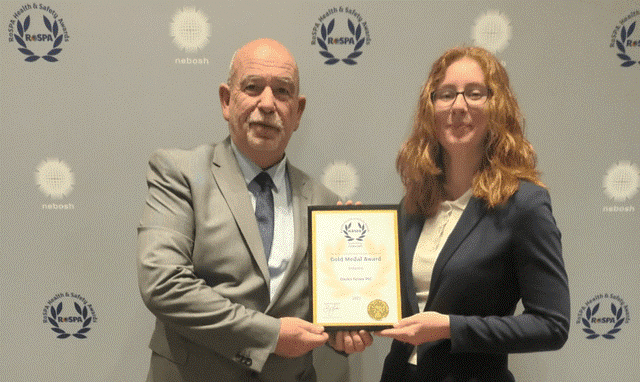Frazer Watson, UK – Ireland Country Manager at AMR designer and manufacturer iFollow, examines the productivity boosting benefits of using Autonomous Mobile Robots in coldstores.
Coldstores are playing an increasingly crucial role for grocery retailers, food producers and third party logistics operators. The move to reduce waste of temperature sensitive products together with an increasing consumer demand for frozen food – not just ready meals and convenience food but also for pre-prepared vegetables – are driving the UK cold chain logistics market to reach a projected value of approximately £18 billion by 2026. In addition to Fruit and Vegetables other key UK cold chain logistics end user segments include Bakery & Confectionary, Dairy & Frozen Desserts as well as Meat, Fish and Sea Food. Drugs & Pharmaceuticals is another important cold chain area – and one that has risen to particular prominence during the roll out of the Covid vaccine.
Operators in all of these sectors are seeking larger cold store floor areas to scale up operations to meet the increased demands. They also need greater flexibility within the buildings to handle not only changes in consumer demand but also a greater variety of products in a broader range of temperatures – from chilled to frozen. And, of course, solutions need to offer efficiency while boosting productivity.
AMRs for a cold climate
Robots are a great solution to help meet these challenges particularly if, like iFollow AMRs (Autonomous Mobile Robots), they can operate at temperatures from -25°C to +40°C without degradation of battery life. The temperatures of the key electronic components in these AMRs are regulated by an iFollow-developed servo system, which ensures the absence of condensation – even when moving from a very cold environment to a temperate space. This is one part of a rare combination of abilities that give iFollow’s AMRs a unique advantage in coldstores – the other being the ability to carry two roll cages at once, which means more product can be moved more quickly in a cold area, while also ensuring that coldstore doors remain closed for a greater proportion of a day. This is particularly relevant in the fast moving world of grocery logistics where minimising time spent in coldstores as well as the number of times coldstore doors have to be opened will reduce costs.
Importantly, AMRs can be used to alleviate the difficult aspects of working in the extreme environment of a coldstore, where people are limited not only in terms of the amount of time they can work in the facility, but also in their productivity. Working in cold temperatures reduces performance and slows reactions. There is also the hazard of condensation, ice, and freezing surfaces that increase the risk of slipping.
According to the Health and Safety Executive (HSE), operators need to keep individuals warm by providing suitable protective clothing, heated rest facilities, task rotation etc. For work in chillers around 0oC suitable clothing and normal breaks are usually sufficient. For work in blast freezers operating down to -30oC no personal protective equipment (PPE) will be sufficient and breaks at ambient temperature or in warming rooms will be needed.
To read more exclusive features and latest news please see our February issue here.
Media contact
Rebecca Morpeth Spayne,
Editor, International Trade Magazine
Tel: +44 (0) 1622 823 922
Email: editor@intrademagazine.com





